Jun Kato
Deep Graph Attention Networks
Oct 21, 2024
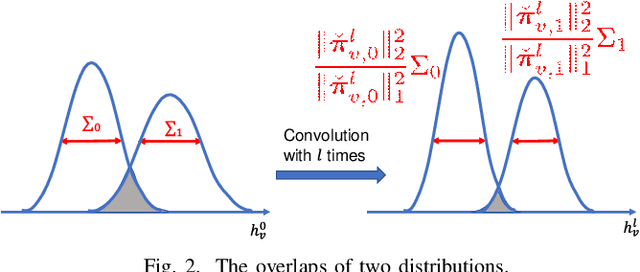
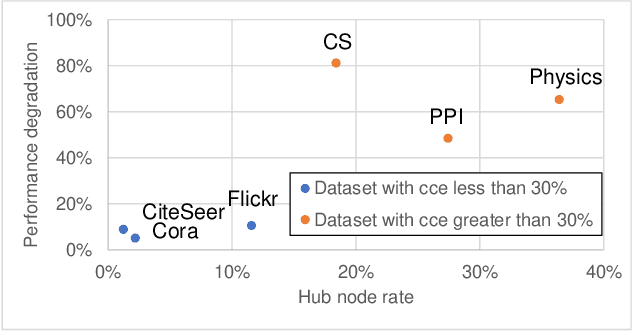
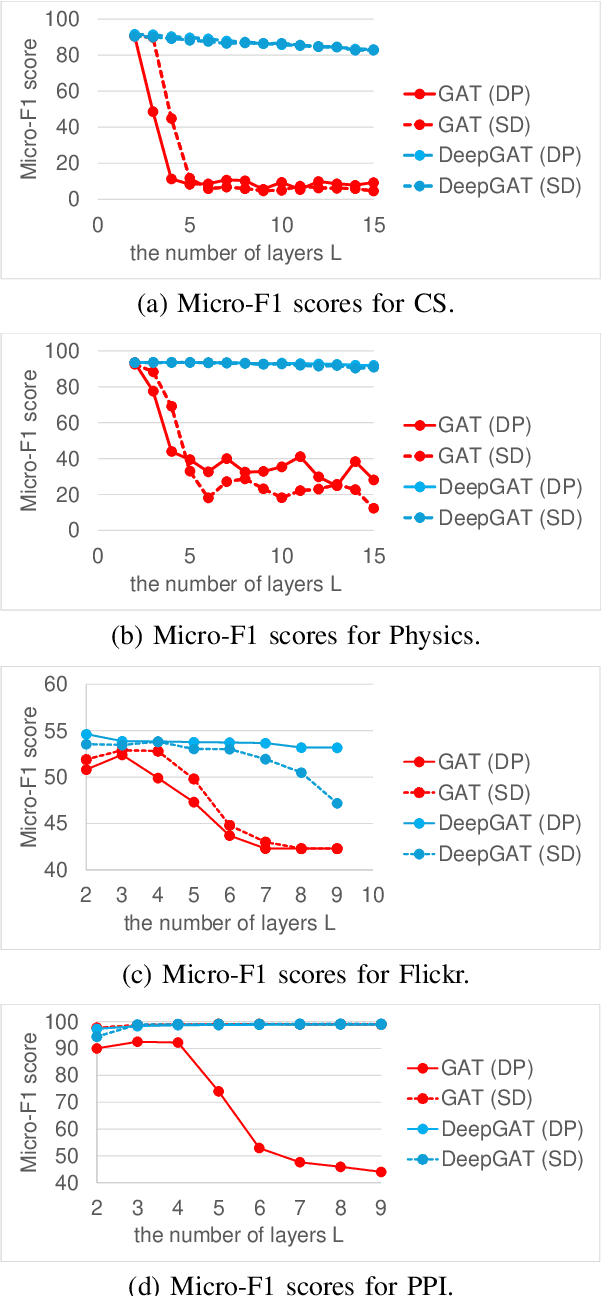
Abstract:Graphs are useful for representing various realworld objects. However, graph neural networks (GNNs) tend to suffer from over-smoothing, where the representations of nodes of different classes become similar as the number of layers increases, leading to performance degradation. A method that does not require protracted tuning of the number of layers is needed to effectively construct a graph attention network (GAT), a type of GNN. Therefore, we introduce a method called "DeepGAT" for predicting the class to which nodes belong in a deep GAT. It avoids over-smoothing in a GAT by ensuring that nodes in different classes are not similar at each layer. Using DeepGAT to predict class labels, a 15-layer network is constructed without the need to tune the number of layers. DeepGAT prevented over-smoothing and achieved a 15-layer GAT with similar performance to a 2-layer GAT, as indicated by the similar attention coefficients. DeepGAT enables the training of a large network to acquire similar attention coefficients to a network with few layers. It avoids the over-smoothing problem and obviates the need to tune the number of layers, thus saving time and enhancing GNN performance.
Lyric Video Analysis Using Text Detection and Tracking
Jun 21, 2020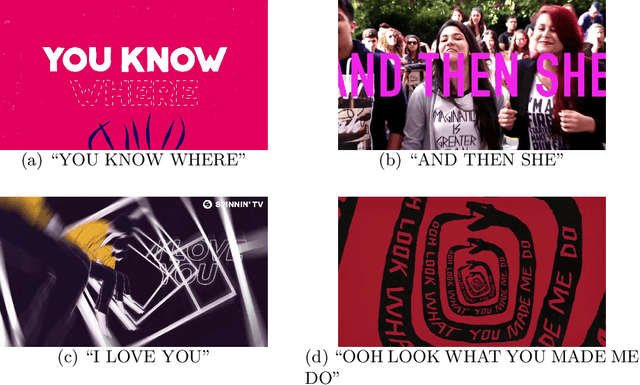
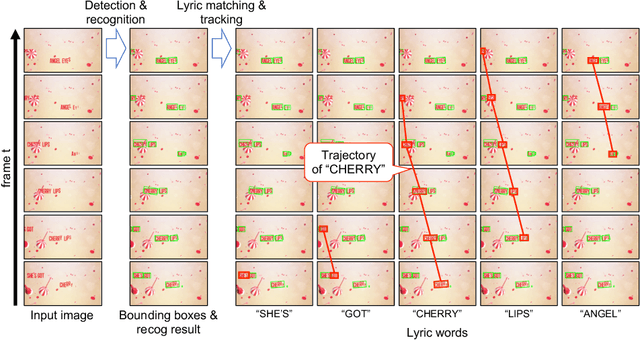

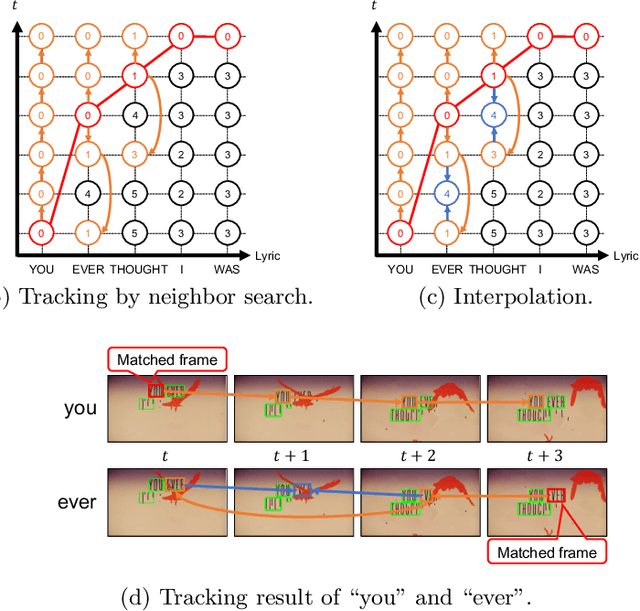
Abstract:We attempt to recognize and track lyric words in lyric videos. Lyric video is a music video showing the lyric words of a song. The main characteristic of lyric videos is that the lyric words are shown at frames synchronously with the music. The difficulty of recognizing and tracking the lyric words is that (1) the words are often decorated and geometrically distorted and (2) the words move arbitrarily and drastically in the video frame. The purpose of this paper is to analyze the motion of the lyric words in lyric videos, as the first step of automatic lyric video generation. In order to analyze the motion of lyric words, we first apply a state-of-the-art scene text detector and recognizer to each video frame. Then, lyric-frame matching is performed to establish the optimal correspondence between lyric words and the frames. After fixing the motion trajectories of individual lyric words from correspondence, we analyze the trajectories of the lyric words by k-medoids clustering and dynamic time warping (DTW).
 Add to Chrome
Add to Chrome Add to Firefox
Add to Firefox Add to Edge
Add to Edge